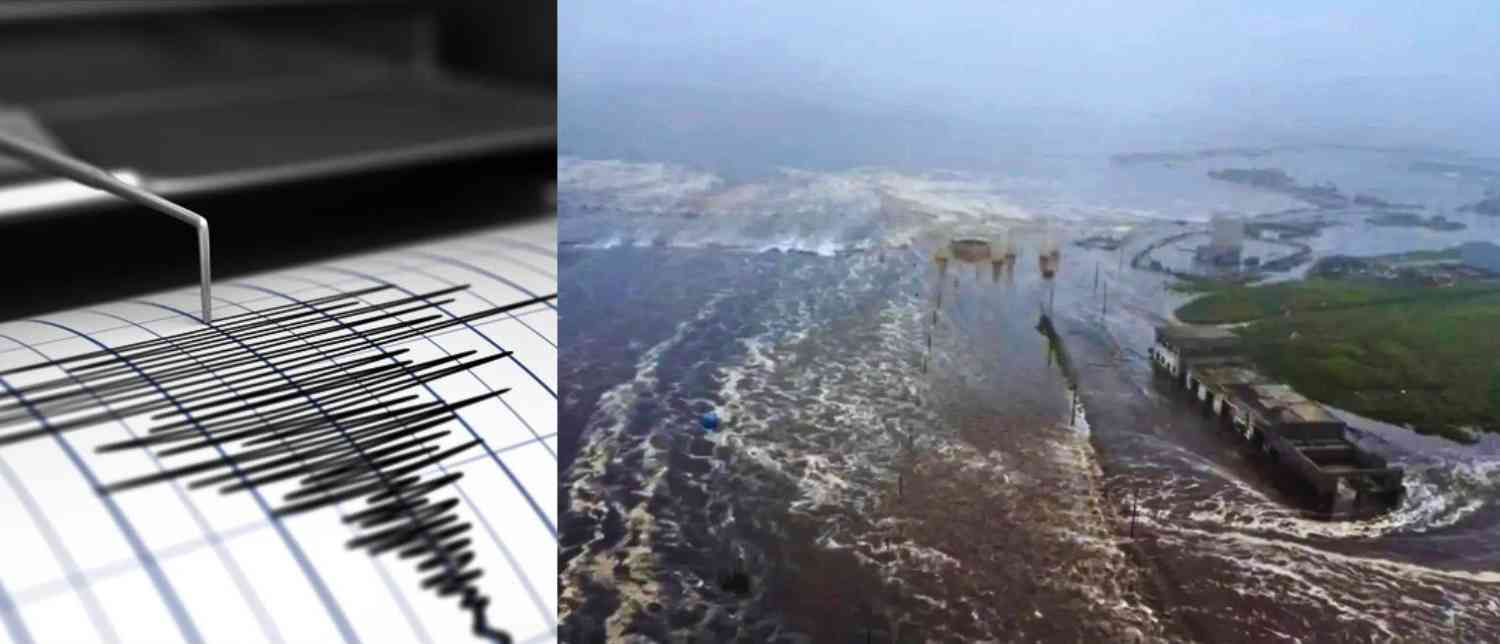A powerful earthquake measuring 7.8 struck Russia's Kamchatka region early Friday, prompting tsunami warnings along the coastline. The U.S. Geological Survey (USGS) reported the quake occurred at a shallow depth of 10 kilometers near the far eastern coast of Kamchatka Peninsula, about 80 miles east of the regional capital Petropavlovsk-Kamchatsky.

Officials quickly issued tsunami alerts due to the quake’s potential to generate hazardous waves, a common occurrence following strong underwater tremors. Thankfully, the maximum recorded tsunami wave heights on Kamchatka’s coast ranged from just 30 to 62 centimeters (about 1 to 2 feet), and no damage or casualties have been reported so far. The Emergencies Ministry also raised alerts for parts of the Kuril Islands to the south, closer to Japan. The warnings have since been lifted in many places as the threat diminished.
This earthquake is seen by seismologists as an aftershock of an even larger magnitude 8.8 temblor that struck the same area in July. Kamchatka lies within the "Ring of Fire," a region encircling the Pacific Ocean notorious for frequent seismic and volcanic activity due to tectonic plates shifting beneath the Earth's surface. The peninsula itself is dotted with active volcanoes and regularly witnesses strong earthquakes, making it one of the most closely monitored geological hazard zones globally.

Governor Vladimir Solodov of Kamchatka stated all emergency teams were immediately activated and assessments of buildings and infrastructure were underway. He urged residents to remain calm, emphasizing the importance of preparedness in this earthquake-prone region.
Though the tremor induced temporary panic with buildings swaying and furniture rattling, the lack of reported damage is a relief. The Kamchatka earthquake sequence, including recent magnitude 7.4 aftershocks, highlights the ongoing seismic unrest in this volatile zone. Scientists note that such activity can continue for weeks or months after a major quake.

From a broader perspective, earthquakes of this magnitude remind us of the power and unpredictability of nature and the importance of early warning systems. The tsunami alerts issued and lifted demonstrate effective crisis management aimed at minimizing risks. For residents in vulnerable regions like Kamchatka and similar coastal zones worldwide, awareness and timely response are critical for safety.
In conclusion, while this 7.8 magnitude event caused notable shaking and a temporary tsunami concern, there is cautious optimism due to no immediate harm or destruction. Monitoring continues closely to detect further aftershocks or changes in the situation. The Kamchatka earthquake serves as another reminder of the dynamic forces beneath our planet that shape not only landscapes but human lives and preparedness.
With inputs from agencies
Image Source: Multiple agencies
© Copyright 2025. All Rights Reserved. Powered by Vygr Media.
























